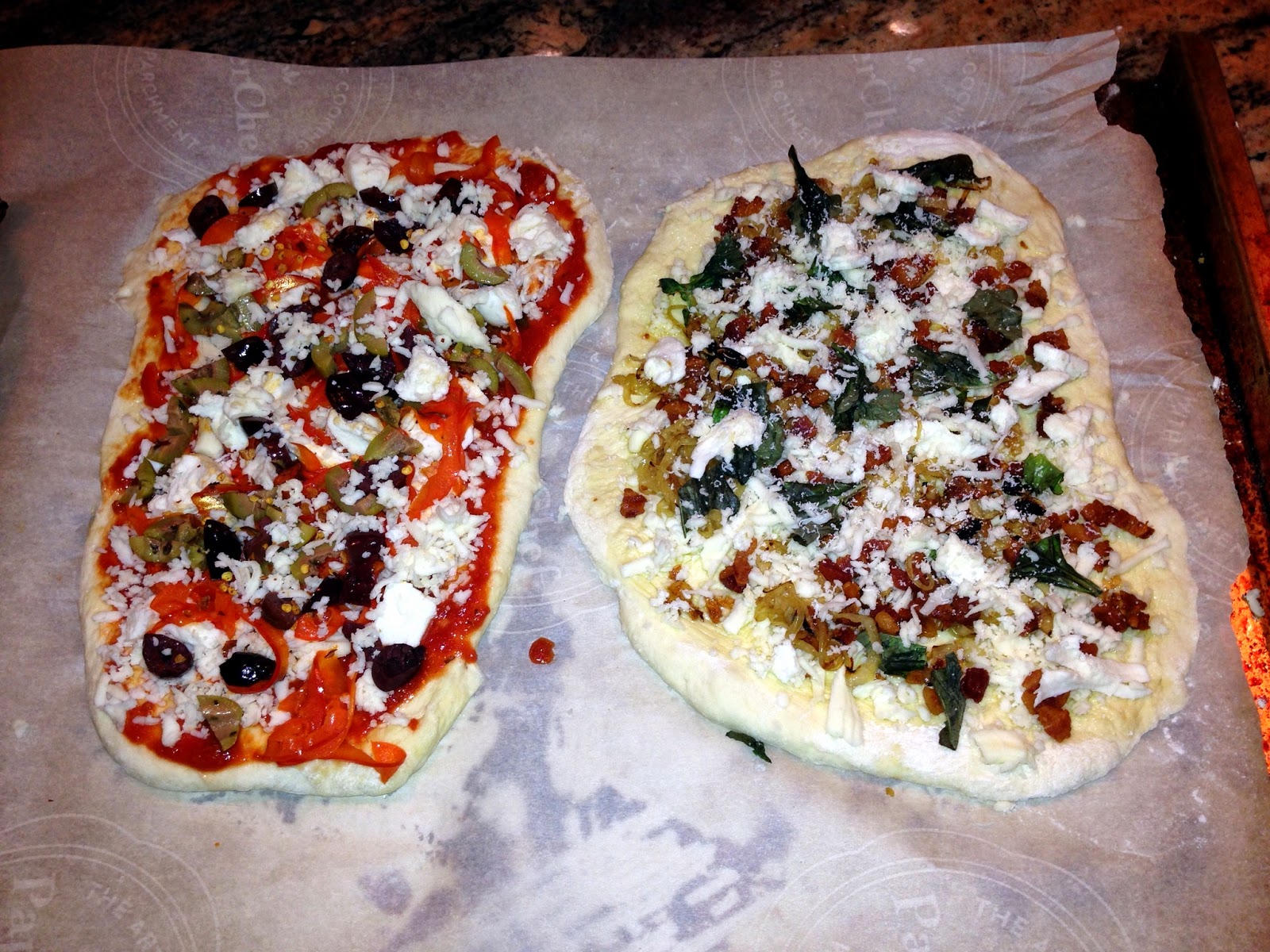ingredients
prime rib roast, preferably grass-fed and aged, 4-6 pounds
coarse sea salt, generous quantities
black pepper, freshly ground
garlic, crushed and finely chopped, half a head
beef stock, 3/4-1 1/2 cups (enough for at least an inch of liquid in the roasting pan)
prime rib roast, preferably grass-fed and aged, 4-6 pounds
coarse sea salt, generous quantities
black pepper, freshly ground
garlic, crushed and finely chopped, half a head
beef stock, 3/4-1 1/2 cups (enough for at least an inch of liquid in the roasting pan)
dry red wine, 3/4-1 1/2 cups (optional, enough for at least an inch of liquid in the roasting pan when added to beef stock)
 dried onion soup mix, one packet (optional)
dried onion soup mix, one packet (optional)
directions
1. preheat oven to 500˚ F.
2. rub roast with a generous layer of sea salt, black pepper and garlic and place in roasting pan.
3. cook at 500˚F for 30 minutes, then lower temperature to 325˚F.
4. pour beef stock, red wine (if using) and onion soup mix into roasting pan.
5. insert meat thermometer. continue cooking until thermometer reads 137˚F.
6. remove roast from oven and allow to rest for 15-20 minutes.
7. pour drippings from pan into a saucière and season with salt and pepper to serve alongside beef.
8. slice and serve with au jus, steamed or roasted vegetables and popovers or Yorkshire pudding.
the story
This is a fairly simple approach to a classic prime rib and, with the right meat, yields the best prime rib I've had so far.
 dried onion soup mix, one packet (optional)
dried onion soup mix, one packet (optional)directions
1. preheat oven to 500˚ F.
2. rub roast with a generous layer of sea salt, black pepper and garlic and place in roasting pan.
3. cook at 500˚F for 30 minutes, then lower temperature to 325˚F.
4. pour beef stock, red wine (if using) and onion soup mix into roasting pan.
5. insert meat thermometer. continue cooking until thermometer reads 137˚F.
6. remove roast from oven and allow to rest for 15-20 minutes.
7. pour drippings from pan into a saucière and season with salt and pepper to serve alongside beef.
8. slice and serve with au jus, steamed or roasted vegetables and popovers or Yorkshire pudding.
the story
This is a fairly simple approach to a classic prime rib and, with the right meat, yields the best prime rib I've had so far.
When I was a little girl, my parents had season tickets to our local symphony and to performances from visiting artists. Across the street from the historic Stanley Theatre was the Fort Schuyler Club, an even older private club where we ate dinner before our show (and where I loved trying to peek into one of the beautiful, seeming-off-limits upstairs room, with their mysterious dark wood paneling and lingering cigar smoke). The building reminded me, in a way, of the mansion in the movie Clue; I was sure there were secret passages somewhere. The pre-theatre menu always involved prime rib (sliced to order) and an ice cream sundae bar. Eight year old girls were free to approach the buffet in any order desired (which sometimes meant prime rib, followed by ice cream and hot fudge, followed by a dénouement of prime rib, and other times meant an ice cream appetizer, prime rib, and a second dish of ice cream).
 |
| Celebrating the night before Christmas Eve with prosecco (my new favorite is Andreola), prime rib, roasted purple and white potatoes, popovers, and steamed broccoli. December 2013. |







































